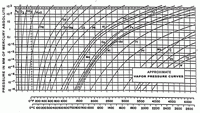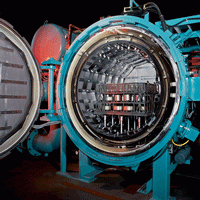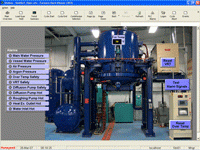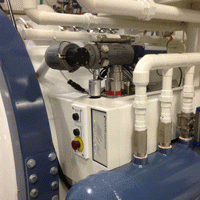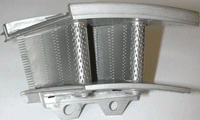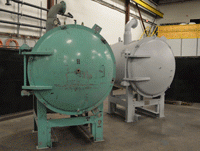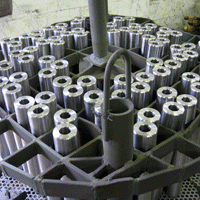When heat treating or brazing in vacuum, the vapour pressure of the constituents in the materials being processed can be a very important consideration.
The vapour pressure of a material is that pressure exerted at a given temperature when a material is in equilibrium with its own vapour. Vapour pressure is a function of both the material and the temperature. Figure 1 shows the approximate vapour pressure curves for a variety of metals and compounds. The area to the left of each curve represents the conditions of temperature and pressure under which the material exists as a solid. The area to the right of each curve represents those conditions under which the material exists as a gas (or vapour). BY JEFF PRITCHARD

